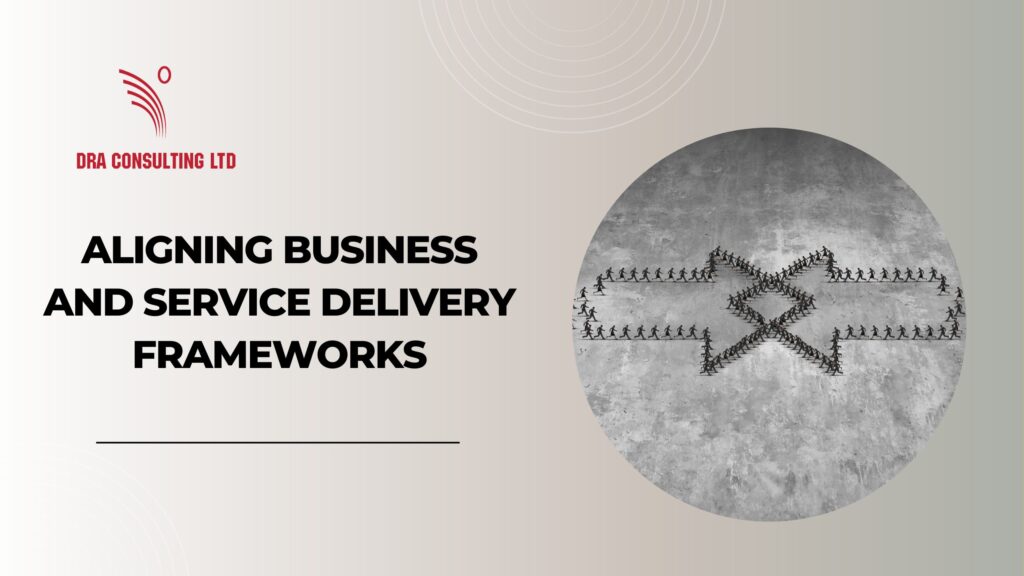In a recent client retreat that I was privileged to design and moderate, one of the key activities was a discussion aimed at synchronizing the rollout activities between the governance, managerial and intermediary groups that comprise the business. The ultimate intention was to ensure that the internal value chain was fully primed to transfer customers smoothly along their experience journeys.
This synchronization was intentional, since a common flaw in service delivery is the customer experiencing a clumsy progression from the start of the business transaction to its end. More often than not, the design of business processes bears little relationship to end user delight, but rather, is constructed to get a task completed. The human impact is only considered when customers protest about the unfriendliness of the process, or the dryness of the experience.
We know how the business framework and the customer experience intersect. The former provides the housing for the augmentation, continuous improvement and sustainability of a high-quality customer experience. Additionally, this framework is tasked with creating circularity within the internal ecosystem, so that horizontal and vertical integration, unity of purpose and value chain continuity, can co-exist.
More often than not, the design of business processes bears little relationship to end user delight, but rather, is constructed to get a task completed.
In other words, the business framework provides the internal scaffolding that forms the connective tissue for the service framework.
To do its best work, this business framework scaffolding should include friendly processes that are integrated with artificial intelligence usage, a wide array of omni-channel choices, online-based payment solutions and marketing strategies that are informed by rich customer intelligence. These features, together with the vision, values, people, culture, leadership and performance management elements of a business, all come together to support the service delivery framework.
This service delivery framework, comprises the overarching vision, customer experience brand and brand standards, skillsets, as well as the full inventory of customer journey management tools.
The alignment of the business and service delivery frameworks is a mandatory requirement for those businesses that intend to dominate the competitive customer experience universe. So, let’s reflect on what happens when these frameworks have a happy collision. This collision can be summed up as the synchronization of efficiency, enablement and energy across the business.
The alignment of the business and service delivery frameworks is a mandatory requirement for those businesses that intend to dominate the competitive customer experience universe.
First off, there’s a more efficient matching of the vision and mission of the business, with the question of who is being served by the business and how this customer community will be served, so that the typical disconnect between these three elements, is reduced.
Next, businesses develop greater expertise in making their customers’ journeys more effortless and less complicated, simply because the two frameworks are synchronized to meet functional requirements and customer expectations at the same time. One of the major payoffs here, is that businesses don’t have to be remediating weaknesses in service delivery constantly, since the underlying frameworks are no longer significantly flawed, faulty and fragile.
Continuous improvement of the customer experience brand takes off due to synchronization, enabling businesses to side-step becoming stuck in convoluted service delivery circuitry. Customer feedback and customer experience measurement systems are the areas that should be early targets for continuous improvement, for obvious reasons. Customer feedback for keeping the pulse on changing expectations and experience measurement for up-to-the-moment readings on the level of customer delight.
It’s not an easy fix to unify business and service frameworks that are out of synchronization. However, when accomplished, the customer experience impact is undeniable.
One of the great failures of many businesses in the area of service delivery, is the absence of an innate passion for delighting customers. We are in a crisis of indifference towards service excellence. So far, the consequences of this indifference, whilst having had some level of negative impact by way of customer attrition, have not been so debilitating as to cause businesses to step up their service delivery radically.
I believe that the time for service excellence reckoning continues to draw closer, as the current generation of modern-day customers who have a lowered tolerance for sub-par service delivery, continues to expand.
It’s not an easy fix to unify business and service frameworks that are out of synchronization. However, when accomplished, the customer experience impact is undeniable. Whilst the race to service excellence is not necessarily for the swiftest, getting to the finish line is arguably the most desirable outcome, if a business intends to rise out of the sea of sameness within its sector.
In the new experience economy, the pursuit of service excellence lies in achieving the right mix of customer experience deliverables.
Aligning the internal workings of the business will be a good start to achieving this goal.

